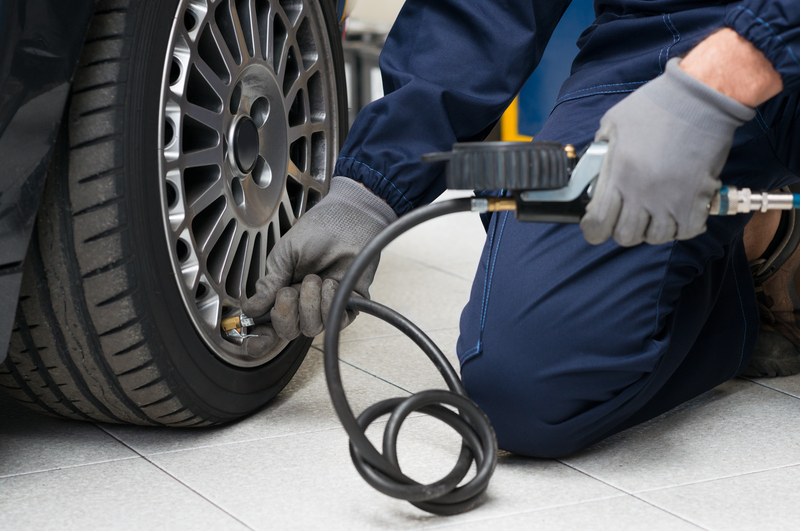Efficient Methods for Packing Plates
Posted on 12/11/2024
Packing plates may seem straightforward, but there are efficient methods that can make the process smoother and ensure your cherished items remain intact. Here, we'll dive into the best strategies to pack plates securely, from selecting the right materials to organizing them in their boxes. By following these tips, you can protect your plates from chips, cracks, and other types of damage during transportation.
1. Gather the Necessary Supplies
Before you start packing, make sure you have the right materials. Essential supplies include:
- Sturdy cardboard boxes (specifically dish pack boxes if possible)
- Bubble wrap or packing paper
- Packing tape
- Markers for labeling
- Dish cushioning inserts (optional but highly recommended)
Having these supplies on hand will make the packing process more streamlined and efficient.

2. Prepping Your Plates
Before packing, ensure your plates are clean and dry. Any residual moisture can lead to mold, especially during long-term storage.
3. Wrapping Each Plate Individually
Wrap each plate individually using bubble wrap or packing paper. Here's how to do it efficiently:
- Place the plate in the center of the bubble wrap or packing paper.
- Fold the wrap over the plate, covering all areas.
- Secure the wrap with tape if necessary.
- Repeat for each plate, ensuring each piece is thoroughly protected.
4. Using Dish Cushioning Inserts
If you have dish cushioning inserts, now is the time to use them. These inserts are designed to fit into standard moving boxes and hold plates in a vertical position, which is ideal for minimizing damage. Simply slide the wrapped plates into the inserts.
5. Packing the Box
When placing plates into boxes, always stack them vertically. Plates are much less likely to break this way. Here's a step-by-step guide:
- Start by adding a layer of crumpled packing paper or bubble wrap to the bottom of the box for added cushioning.
- Place the wrapped plates upright in the box, adding padding between each plate if they're not in cushioning inserts.
- Fill any gaps with crumpled paper or bubble wrap to prevent movement during transit.
- Add another layer of padding on top before sealing the box.
6. Labeling the Boxes
Clearly label each box with its contents and mark it as "Fragile." This will alert movers or anyone handling the boxes to exercise care. Labels should be placed on all sides of the box for maximum visibility.
Tips for Efficient Plate Packing
- Use smaller boxes for heavier items like plates to make them easier to carry.
- If possible, keep the original boxes and packaging material that the plates came in.
- Consider investing in a moving kit specifically designed for kitchen items, which often includes important packing materials and cushioning inserts.
- Don't overpack boxes; the weight should be manageable, and plates should not be forced to fit.
Pros and Cons
Packing plates properly comes with its own set of advantages and disadvantages:
Pros
- Reduces the likelihood of plate breakage during transit.
- Efficient packing makes the move more organized and quicker.
- Proper labeling and packing can help identify and locate items more swiftly when unpacking.
Cons
- Time-consuming process, especially if you have many plates to pack.
- Materials like bubble wrap and cushioning inserts can be costly.
- The need for separate wrapping and packing for each plate may require more space and effort.

Takeaways
Efficiently packing plates involves careful preparation and the right materials. Ensuring each plate is individually wrapped, properly cushioned, and stacked vertically in labeled boxes will save you from the hassle of dealing with broken or damaged items. While this process may take some time, it pays off by keeping your plates safe during the move.
Conclusion
Packing plates efficiently is essential for any move. By following the recommended steps, using high-quality packing materials, and taking the time to wrap and cushion each plate individually, you can minimize the risk of damage. Although it may be time-consuming and sometimes costly, the benefits of protecting your valuable items far outweigh the downsides. With careful planning and execution, you can ensure that your plates arrive at their new destination in pristine condition.





